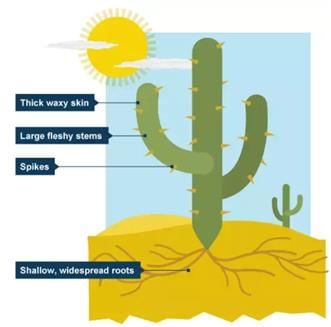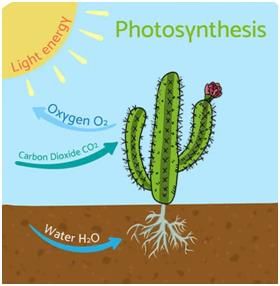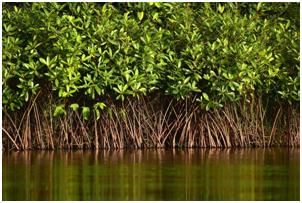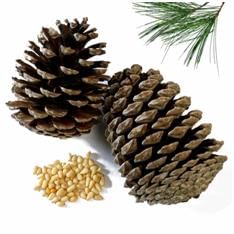Test: Adaptations in Plants- 1 - Class 4 MCQ
10 Questions MCQ Test - Test: Adaptations in Plants- 1
Shreya plucked a lotus plant from a pond near her house. She observed that it has a long hollow stem. Can you explain the function of the stem?
Plants in hilly areas have to bear high speed winds and cold. Which of the following adaptations best helps them face the above conditions?
Plants give out water through the pores present on the lower side of their leaves. Plants living in deserts need to reduce the loss of water because water is very scarce in deserts. Which of the following is an adaptation developed by the desert plants to manage the above situation?
Which characteristic is typical of evergreen trees?
Ramu brought a plant with thick branches and leaves from the plains and planted it in a marshy area. What must the new plant do to survive in its new environment?
Mangroves develop aerial roots. This is an adaptation to the
Which of the following statements is FALSE regarding hilly trees like the Pine?
Which of the following plants does not need soil to grow?
























